Case

Case

Straight-through, also known as straight head or straight pipe joint, is a commonly used pipe fitting in pipeline connections. Its main function is to directly connect two pipelines to achieve continuity and smoothness of the pipeline system. Straight-through pipe fittings are simple in design, usually cylindrical in shape, with open ends, and can be easily docked with other pipes.
Elbows are used to change the direction of pipes. Common angles are 90°, 45°, 180°, etc. Elbows can be made by bending straight pipes, or they can be made by molding, casting or forging.
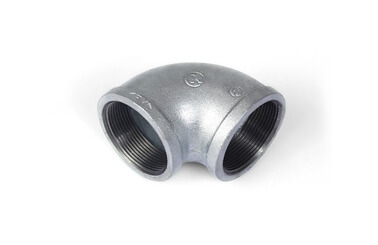
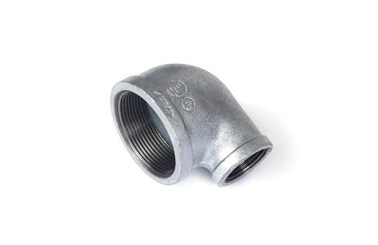
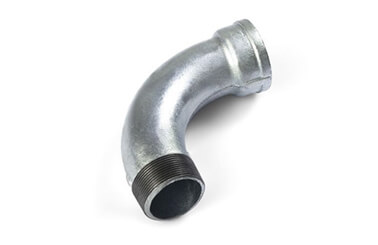
A tee is used to connect two or more pipes to connect or divert them to each other. Depending on the angle of the access pipe, there are straight tees, mitered tees, etc.
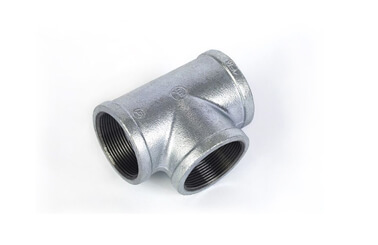
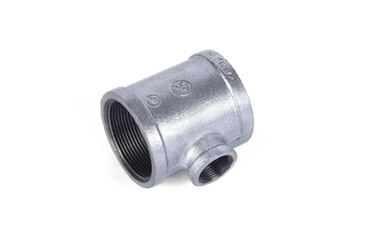
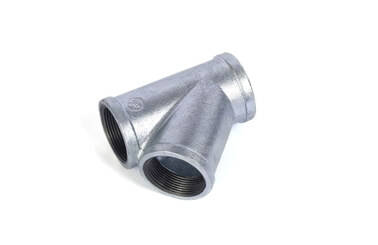
Similar to a tee, but is used to connect four pipes.
Reducing straight-through is used to connect two pipes with different diameters, usually called large and small heads.
Flange is used for detachable connections of pipelines for easy installation and maintenance. Flanges can be flat or raised and are usually used with gaskets and bolts.
Flange is a component that connects process pipelines. Such as the connection between pipelines and process equipment, and the connection of flange valves and accessories on pipelines. The use of flange connection not only provides flexibility in installation and disassembly but also provides reliable sealing.
Process pipelines transport a wide variety of media with different temperatures and pressures, so different requirements are put forward for the strength and sealing of flanges. To meet the needs of process pipeline installation projects, many flanges with different structures and pressures have appeared.
Flat welded steel flange is the most commonly used type of medium and low pressure process pipeline. This method of fixing the flange and the pipe is to put the flange on the pipe end and weld the inner and outer openings of the flange to fix the flange. The applicable nominal pressure does not exceed 2.5MPa. Flat welding flanges used to connect carbon steel pipes are generally made of Q235A and No. 20 steel plates;
Flat welding flanges used on stainless acid-resistant steel pipes should be made of stainless acid-resistant steel plates made of the same material as the pipes. The sealing surface of a flat welded steel flange is generally smooth, with shallow grooves processed on the sealing surface.
Butt welding steel flange also called high neck flange or big tail flange. It has high strength, is not easily deformed, has good sealing performance, has various forms of sealing surfaces, and is suitable for a wide range of pressures.
This kind of flange is not directly welded to the pipe but uses the pipe flange or welding ring as the sealing contact surface. The loose flange plays a fastening role. It is mostly used for non-ferrous metals such as copper, aluminum, and lead, as well as stainless and acid-resistant steel pipes. Its biggest advantage is that because the flange can move freely, it is very convenient to insert bolts into the flange.
The threaded flange is a flange that uses a threaded flange to connect to the pipe end thread. There are two types: high pressure and low pressure. Low-pressure threaded flanges are made of steel and cast iron. With the development of industry, low-pressure threaded flanges have been replaced by flat welding flanges, which are not used except in special circumstances. High-pressure threaded flanges are widely used in the connection of modern industrial pipelines.
Leakage is the main form of pipe flange failure, which is related to many factors such as the sealing structure type, the stiffness of the connected parts, and the performance, operation, and installation of the seals. Gaskets are the main seals of flange connections, so the correct selection of gaskets is also the key to ensuring that flange connections do not leak. There are many types of flange gaskets to choose from according to the corrosiveness, temperature, pressure of the medium transported by the pipeline, and the form of the flange sealing surface. Pipe flange gaskets include non-metallic gaskets, semi-metallic gaskets, and metal gaskets.
Blind plate is used to temporarily close an interface of a pipeline or to isolate a section of the pipeline from the system. Its function is to cut off the medium in the pipeline.
According to the operating pressure and the form of the flange sealing surface, it can be divided into the following types:
1. The smooth surface blind plate is used in conjunction with the smooth sealing surface flange, and its applicable pressure range is 1.0~2.5MPa.
2. The convex blind plate has a convex surface on one side and a concave surface on the other side, and is used in conjunction with the concave and convex sealing surface flange. The operating pressure is 4.0MPa, and the specification range is DN25~400mm.
3. The trapezoidal groove blind plate is used in conjunction with the trapezoidal groove sealing surface flange. The operating pressure range is 6.4~16.0MPa. The specification range is DN25~300mm.
4. The "8" blind plate is also divided into three types: smooth surface, concave and convex surface and trapezoidal groove surface. The use pressure is the same as the above three blind plates. The difference between the "8" blind plate is that it combines two uses. Combined into one component, that is, the blind plate and the gasket are connected and fixed together. When the flange is inserted into the blind plate, the gasket exposed on the outside serves as a visual indicator of whether the pipe is cut off.
5. There are many materials for manufacturing the "8" blind plate, which are selected according to the temperature and pressure of the medium being transported. Generally, when the temperature of low-pressure pipelines does not exceed 450°C, the materials used are Q235A, No. 20 steel and No. 25 steel; when the temperature is between 450 and 550°C, the materials used are 15CrMo and 1Cr5Mo. When the pressure is between 4.0 and 16.0MPa and the temperature is greater than 550°C, stainless steel should be used.
It is used for a short section that is lacking in pipeline assembly, or for placing a small detachable pipe section in the pipeline for maintenance.
This is used to seal the end of the pipe to prevent fluid leakage.
The expansion joint is used to compensate for length changes caused by thermal expansion and contraction of pipes.
The compensator is used to absorb the displacement of the pipeline due to temperature changes, pressure fluctuations, etc.
Valve is used to control the flow of fluids in pipelines, including ball valves, gate valves, butterfly valves, check valves, etc.
Joint is used to connect various parts of the pipeline, which can be a threaded connection, welding, clamp connection, etc.